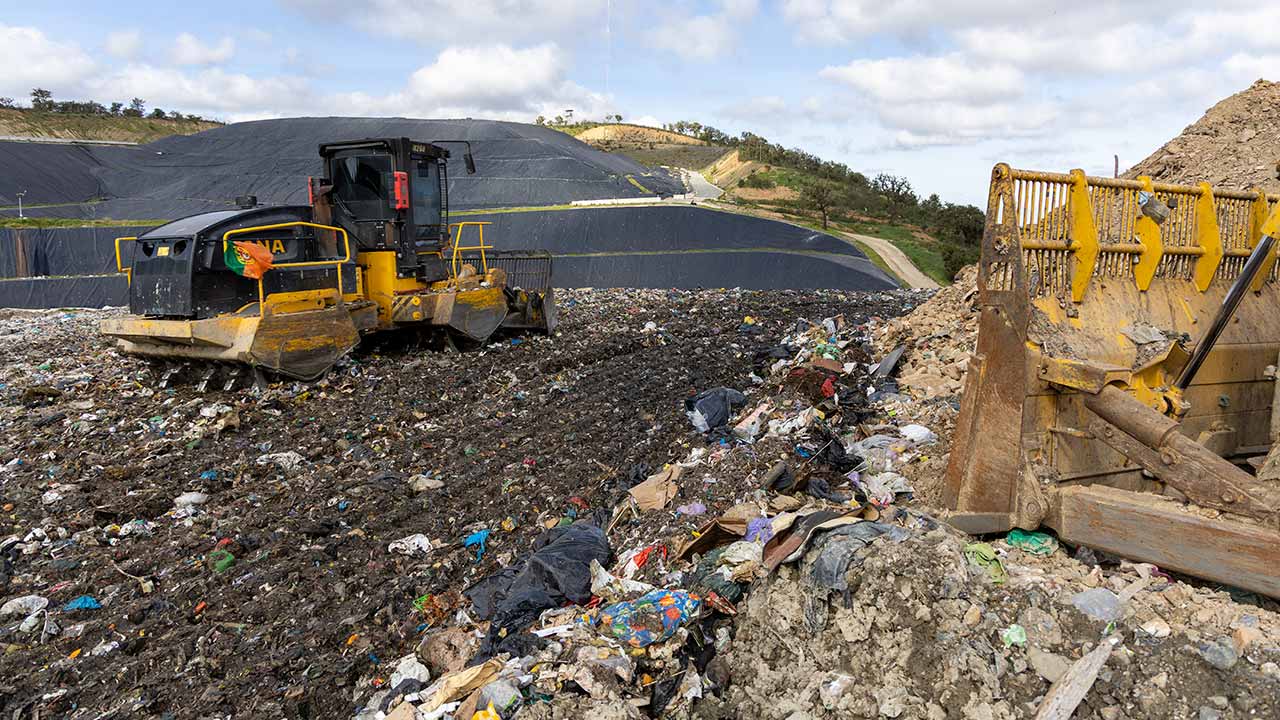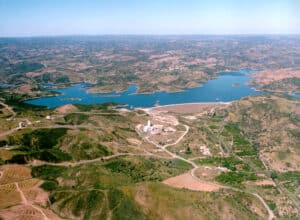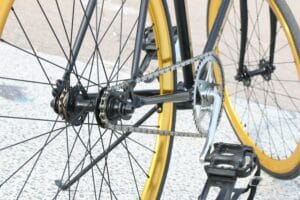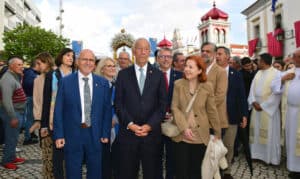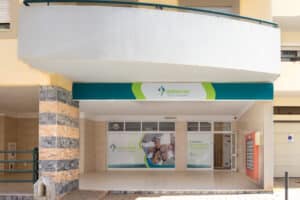Algarve’s sites in similar dilemma
Landfill sites all over the country are reaching their limits: and with this development come myriad problems. Do municipalities build more? Do they extend the ones they have? Is this a sustainable way of dealing with millions of tonnes of rubbish produced every year?
The reality – as clear as the wart on any nose – is that far too much is going into landfills that should not be there.
Thus the call from citizens, particularly those on the peripheries of landfill sites, for a new campaign pushing the necessity of recycling.
Like so many environmental problems, this smacks of one is being left to go to the wire before solutions are announced.
In the Algarve, the situation at the Silves aterro sanitário (sanitary landfill) is already serious: residents are being told it will be extended towards the margins of the Odelouca river – something they are not happy about.
In the Sotavento, the Cortelha aterro is equally “close to its limit”, reports Jornal Barlavento this week, in a long report that mirrors the problems of all the country’s landfills: far too much of the rubbish being received into it every day is plastic – something that could so easily go into recycling bins, and be disposed of much more sustainably.
“The recent study ‘The implications of tourist activity in the Algarve region for urban waste management’, which brought together researchers from five universities in Portugal and the United States of America, concluded that more than 80% of the waste produced in the region goes to landfill. Recycling rates are around 15%”, says the paper.
“This means that there is still no collective environmental awareness. ‘We get a lot of material that could be recycled, mixed in with the unsorted rubbish. That means it’s not being deposited in the recycling bins. And even with the prior sorting we do, many of these recyclables are not recoverable because they are contaminated,’ explains Carlos Juncal, the engineer responsible for the Cortelha landfill site run by Algar – the company responsible for the treatment and recovery of urban waste in the Algarve.
The ‘crunchpoint’ however is still some years off: Juncal explains that the Cortelha site still has roughly two or three years left, and then there is a section that can still be built (cell D). That could happen in around 2028, and would give another five years (particularly if people continue with their lack of recycling awareness…) But after that, what next?
“This is a national problem, not just in the Algarve. Of course, if we have other complementary solutions to the treatment that exists today, new technologies or different approaches that aren’t being used at the moment, we could extend the useful life of landfill sites. I’m guessing that one of the possible national guidelines will be the energy recovery of waste,” in other words, incineration (pyrolysis), ponders Juncal, referring to the fact that the government has already set up a working group to try and come up with answers. But time, most certainly, is running out, and changes particularly need to come in people’s behaviours with regards to how they dispose of rubbish.
President of Algar’s executive committee Telma Robim is certainly viewing the situation as ‘critical’, in spite of what little extra space may be available. She told the Barlavento, “recent studies suggest that without complementary measures, landfill capacity (nationwide) could be exhausted between 2027 and 2028”.

